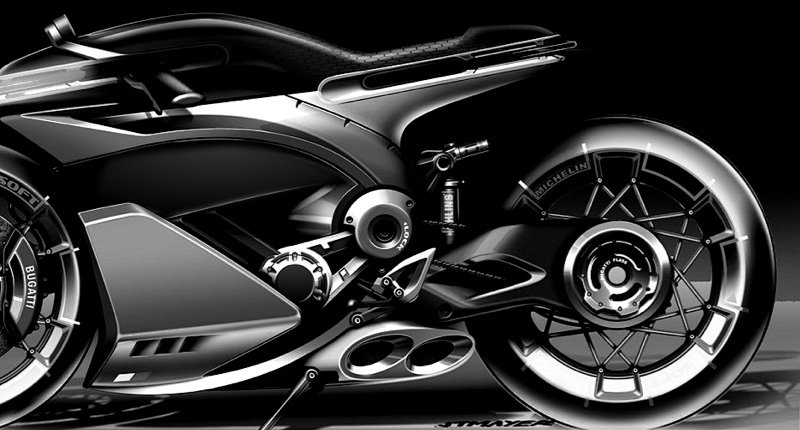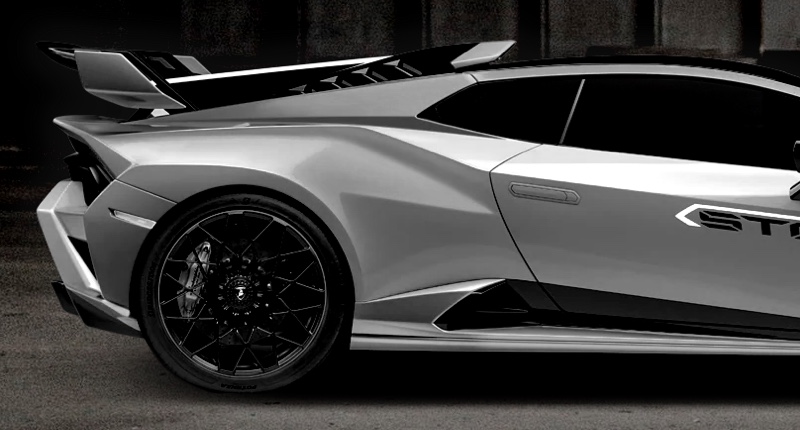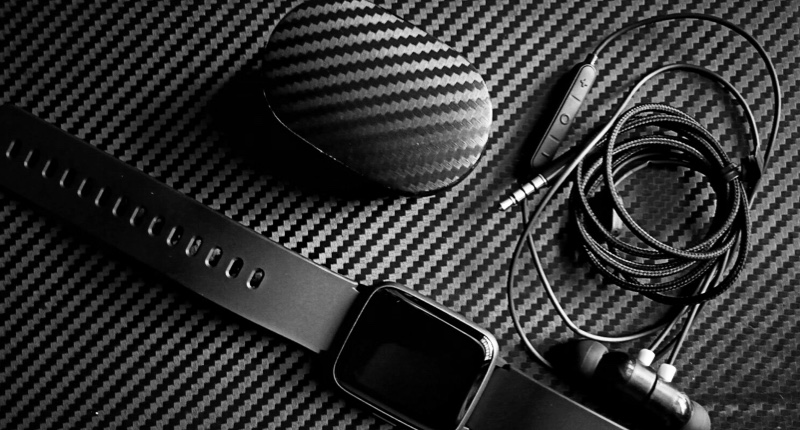Carbon Fiber Cars: The Guide | Supreem Carbon
- All There Is to Know About Carbon Fiber in Cars | Supreem Carbon
- What is carbon fiber, and how is it made?
- What are the advantages of using carbon fiber in cars?
- Where is carbon fiber used in cars?
- How much does carbon fiber add to the cost of a car?
- Is carbon fiber durable and long-lasting?
- How does carbon fiber compare to other materials used in cars (e.g., steel, aluminum)?
- What are the disadvantages of using carbon fiber in cars?
- Is carbon fiber recyclable?
All There Is to Know About Carbon Fiber in Cars | Supreem Carbon
This blog post addresses common questions surrounding the use of carbon fiber in cars, aiming to provide a comprehensive understanding of this high-performance material.
What is carbon fiber, and how is it made?
Carbon fiber is a lightweight, incredibly strong material made from thin strands of carbon atoms bonded together. The manufacturing process involves several steps: First, a precursor material, often polyacrylonitrile (PAN), is heated to high temperatures in an oxygen-free environment, converting it into carbon fibers. These fibers are then bundled together and treated with resin to form a composite material. This resin acts as a binder, holding the fibers together and transferring loads between them. The resulting material boasts an exceptional strength-to-weight ratio, making it highly desirable for automotive applications.
What are the advantages of using carbon fiber in cars?
The primary advantage of carbon fiber is its exceptionally high strength-to-weight ratio. This means it’s significantly stronger than steel but much lighter. This translates to several key benefits in automotive engineering:
* Improved Performance: Lighter cars accelerate faster, brake quicker, and handle better.
* Enhanced Fuel Efficiency: Reduced weight means less fuel is needed to propel the vehicle, leading to better gas mileage.
* Increased Safety: While lighter, the high strength of carbon fiber provides excellent crash protection.
Where is carbon fiber used in cars?
Carbon fiber's versatility allows its use in various automotive components:
* Body Panels: Hoods, doors, and roofs are common applications, reducing overall vehicle weight.
* Chassis Components: Carbon fiber can reinforce the chassis, improving rigidity and handling.
* Interior Components: Dashboards, center consoles, and even seats can be made from carbon fiber for weight reduction and a High Quality feel.
* Drivetrain Components: Some high-performance vehicles even utilize carbon fiber in their driveshafts for reduced rotational inertia.
How much does carbon fiber add to the cost of a car?
The cost of carbon fiber is significantly higher than traditional materials like steel or aluminum. This is due to the complex and resource-intensive manufacturing process. As a result, vehicles using extensive carbon fiber components typically command higher prices. The cost varies depending on the quantity and complexity of the carbon fiber parts used.
Is carbon fiber durable and long-lasting?
When properly manufactured and cared for, carbon fiber composites are extremely durable and long-lasting. They are resistant to corrosion and degradation, unlike steel, which can rust. However, like any material, carbon fiber can be damaged by impacts. Proper repair requires specialized techniques and materials.
How does carbon fiber compare to other materials used in cars (e.g., steel, aluminum)?
Compared to steel, carbon fiber offers a superior strength-to-weight ratio but at a significantly higher cost. Aluminum is lighter than steel but not as strong as carbon fiber. The choice of material depends on the specific application and the desired balance between performance, cost, and weight.
What are the disadvantages of using carbon fiber in cars?
While carbon fiber offers many advantages, there are some drawbacks:
* High Cost: As mentioned previously, carbon fiber is expensive to produce.
* Complex Manufacturing: The manufacturing process is intricate and requires specialized equipment.
* Repair Challenges: Damage repair can be complex and costly, often requiring specialized expertise.
Is carbon fiber recyclable?
While carbon fiber recycling is an area of ongoing research and development, it is currently not as readily recyclable as some other materials. However, advancements are being made to improve the recyclability of carbon fiber composites.
This comprehensive overview provides a solid foundation for understanding carbon fiber’s role in the automotive industry. Supreem Carbon is committed to pushing the boundaries of carbon fiber innovation. Contact us to learn more about our high-quality carbon fiber products and services.

Enhance Your Vehicle's Style with a Supreem Carbon Custom Carbon Fiber Hood
Custom carbon fiber parts motorcycle Manufacturers and suppliers
Carbon Fiber Molding & Manufacturers | Supreem Carbon

The Ultimate Guide to Custom Carbon Fiber Manufacturing by Supreem Carbon
For Products
Supreem Carbon parts produce by 100% carbon?
Yes,all products are made from full carbon with dry carbon.
Are you parts have UV protected?
Absolutely! We use multiple layers of premium quality automotive clear (or matt) coats on our products, which ensure that they will remain super pretty for years to come.
For Customized Service
What can be customized in addition to customized carbon fiber parts?
You can customize your company logo, packaging, even the color of coating and so on.
For After-sales Service
How can I cancel the order?
We may only cancel your order if it has not been fulfilled yet. We would be more than happy to assist you with any adjustments if you'd wish instead!
For Facotry
How many employees of Supreem carbon?
We have over 50 employees, including over 40 skilled workers, 3 R&D designers, and 5 QC professionals and so on.

Yamaha R1 Carbon Fiber Side Fairings
Introducing the Supreem Carbon Fiber Long Side Panels for Yamaha R1. Crafted with precision and expertise, this front side fairing is designed to elevate the performance and aesthetics of your R1. Made from high-quality carbon fiber, this fairing is not only lightweight but also incredibly durable, providing optimal protection for your motorcycle.

Yamaha R1 Carbon Fiber Airbox Tank Cover
The Supreem Carbon Yamaha R1 Carbon Fiber Airbox Tank Cover provides lightweight, durable protection with a sleek finish. Designed for R1 models, it enhances the style and performance of your bike. Its lightweight structure improves performance while maintaining the premium aesthetics necessary for high-end modification projects. As a dedicated manufacturer of carbon fiber parts, we provide stable production capacity, customization options, and strict quality control to support enterprise-level procurement and OEM/ODM needs.

Carbon Fiber Rear Seat Panel for BMW S1000R & M1000RR – Lightweight Performance
This carbon fiber rear seat panel is engineered for the BMW S1000R and M1000RR, offering superior rigidity, reduced weight, and a premium racing finish. Produced with autoclave technology and strict QC standards, the part ensures consistent OEM-level fitment. Supreem Carbon provides wholesale supply, stable bulk production, and customized solutions for global clients.

High-Performance Carbon Fiber Rear Undertail for BMW S1000R
Engineered for distributors, tuning brands, and motorcycle accessory businesses, the BMW S1000R Carbon Fiber Rear Undertail is a high-quality, durable, lightweight carbon fiber upgrade for the S1000R platform. This component is manufactured using aerospace-grade carbon fiber and precision molds to deliver superior stiffness, a seamless OEM-level fit, and a premium visual finish suitable for high-end aftermarket applications.
© 2024 Supreem Carbon All Rights Reserved.





Facebook
Pinterest
LinkedIn
Instagram